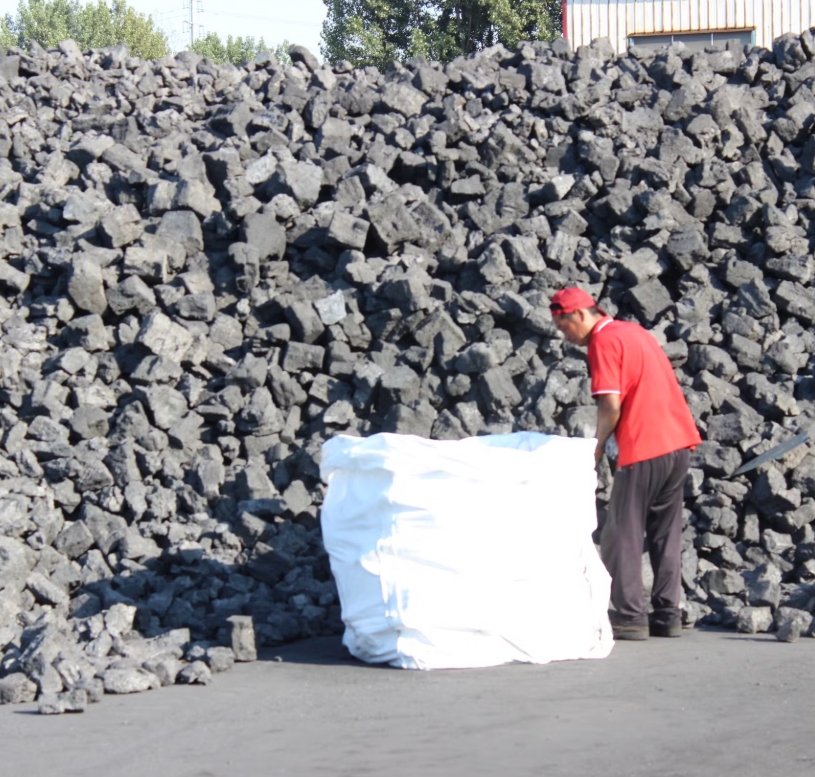
Graphite is a natural type of carbon that has exceptional properties that are vital to many industrial applications, including steel production. In addition to its unparalleled thermal conductivity and chemical neutrality graphite enhances the quality of steel molten by adding lubricating properties that reduces equipment wear, lowers maintenance costs, and extends the life of machinery. As the steel industry continues to evolve to meet the changing demands of the market and sustainability goals, the role of graphite will continue to be indispensable.
In the Electric Arc Furnace (EAF) process, graphite electrodes generate an arc of intense heat that melts scrap steel and produces new steel. Graphite's thermal conductivity allows for it to rapidly convert electrical energy into intense melting temperatures. Graphite's strength and durability help to ensure sustainable, efficient EAF operations through the use of recycled scrap instead of virgin iron ore which decreases mining and processing waste.
The EAF steelmaking process is adaptable to small batches, which enhances the flexibility of the supply chain and gives better control of inventory. This enables producers of steel to react quickly to market trends and avoid excess inventory that leads to more expensive logistics costs. This also allows for smaller, more mobile steel plants that are easier and cheaper to set up and maintain. This reduces energy consumption and greenhouse gases.

Another benefit of the EAF process is that it is a flexible and sustainable method that is based on scrap steel as its primary raw material. This eliminates the necessity to mine and process virgin materials which reduces environmental impact while delivering cost savings to both steelmakers and consumers. The EAF's inherent capacity for scaling allows for smaller batches. This is beneficial in special-purpose applications and optimize manufacturing efficiency.
Graphite plays a vital role in other processes of steelmaking as well, such as ladle refining and hot bridging. It is particularly important in cored wire technology which makes use of graphite to introduce specialized elements into molten steel. This can include ferroalloys or carbons that have been adapted to meet the specific needs of industrial applications. Graphite is also an essential component in the desulfurization of molten steel, as it is used to remove sulfur from steel during this process.
The graphite used in these applications must be the best quality. NAmLab's labs for testing are equipped with a range of graphite measurement tools including a vibration-molded refractories analyzer, to ensure the quality of the final product. This includes a dynamic DSC TGA that can be used to assess the structural and thermal integrity of graphite. This test provides an extremely precise true densitometer, which can be used to determine the proper viscosity. The results also help determine the best grade of synthetic graphite that can be used in the final product. This method combines an economical, reliable, reproducible testing technique with unparalleled accuracy. It is the best tool to ensure that customers get the correct graphite for their specific needs.

Write a Message